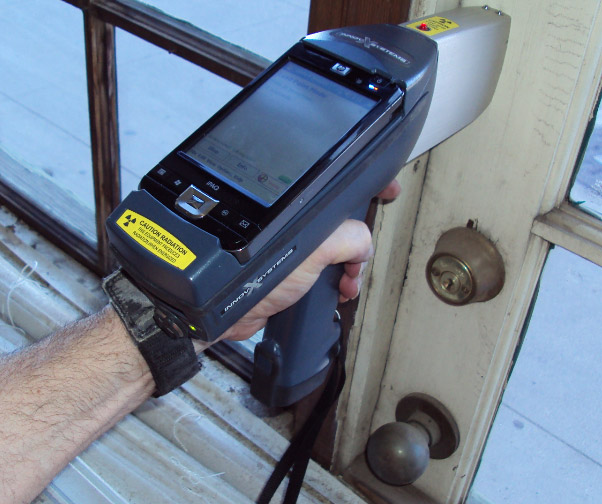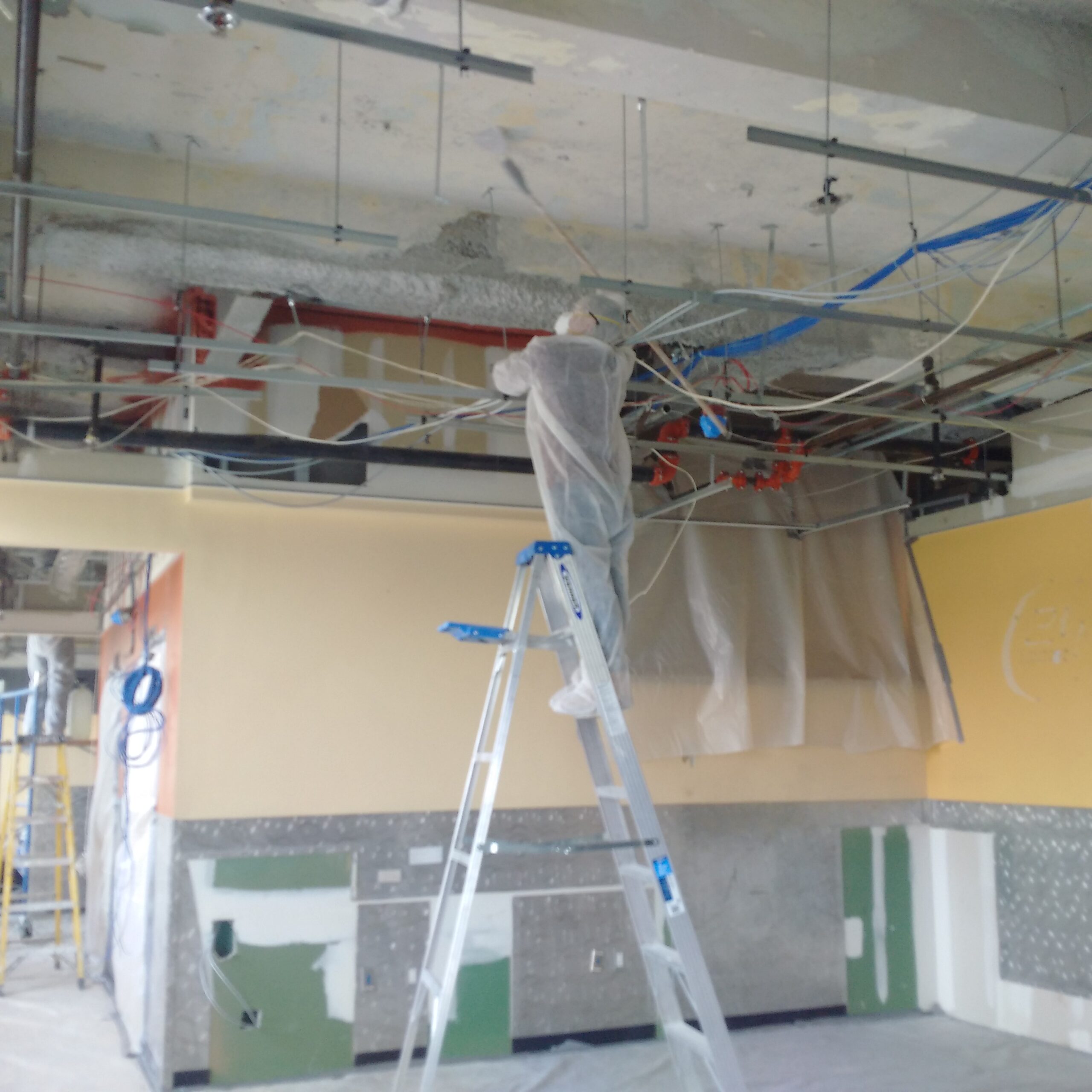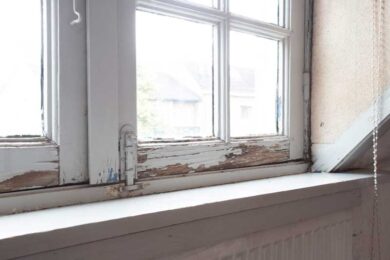Dependable DOH & HPD Lead Violation Removal in NYC-- Secure Your Residential or commercial property
Dependable DOH & HPD Lead Violation Removal in NYC-- Secure Your Residential or commercial property
Blog Article
Ideal Practices for Guaranteeing Safe and Thorough Lead Infraction Reduction
Dealing with lead offense abatement needs a multi-faceted approach to guarantee both security and compliance. Initial evaluations using innovative detection approaches such as XRF analyzers set the stage for a specific understanding of contamination levels. Integrating correct containment methods, consisting of impermeable barriers and HEPA filtration, combined with the usage of individual protective equipment (PPE) for employees, forms the backbone of a safe procedure. Thorough cleaning methods, featuring HEPA vacuuming and wet-wiping, are important. It's the final clearance process, including detailed evaluations and lab testing, that genuinely verifies a lead-free atmosphere, making sure long-lasting security. Exactly how do these methods interconnect to guarantee extensive lead abatement?

Initial Analysis
Carrying out a preliminary analysis is an essential primary step in lead offense reduction. This phase incorporates an in-depth assessment of the residential or commercial property to recognize the existence, extent, and details locations of lead-based threats. Qualified specialists, such as certified lead examiners or run the risk of assessors, should do an extensive website evaluation, making use of tools like X-ray fluorescence (XRF) analyzers to properly spot and gauge lead focus in paint, dirt, dirt, and water.
The assessment should additionally include a testimonial of the building's history, previous records, and any problems or wellness problems reported by passengers - Lead Removal Contractors. Documenting the searchings for diligently is vital, as these documents form the basis for establishing a reliable reduction technique. An extensive analysis also includes tasting and research laboratory analysis, which are crucial to verify the visibility of lead and overview subsequent actions
Additionally, it is imperative to interact the outcomes transparently to all stakeholders, consisting of homeowner, renters, and regulative authorities. By making certain that the first analysis is conducted with precision and rigor, experts can lay a strong structure for a targeted and reliable lead reduction procedure, inevitably guarding public health and ensuring compliance with governing criteria.
Correct Control
Correct control is important to avoid the spread of lead contaminants throughout abatement tasks. Efficiently managing control reduces the risk of lead dirt and debris moving to non-work areas, therefore securing both the environment and people outside the instant work area.

Normal assessments of the control location are required to look for breaches or weak points in the barrier. Any kind of identified concerns ought to be without delay addressed to keep the integrity of the control. By adhering to these practices, abatement projects can effectively manage lead contamination and mitigate connected health dangers.
Employee Protection
Guaranteeing employee defense is vital throughout lead abatement projects to avoid work-related exposure to hazardous lead fragments. Necessary procedures consist of the usage of personal protective tools (PPE) such as respirators, handwear covers, and full-body suits particularly made to block lead dust and fumes. Workers ought to undertake comprehensive training on the appropriate use and upkeep of PPE, consisting of fit testing for respirators to guarantee maximum effectiveness.
Design controls, such as local exhaust ventilation systems, are vital in minimizing airborne lead concentrations in the workplace. Administrative controls must likewise be applied, consisting of restricting the period of direct exposure and rotating workers to decrease private exposure times. Regular medical surveillance and biological monitoring are important for early detection of lead absorption, allowing timely treatment and treatment.
In addition, developing a purification official statement method is essential. Employees need to comply with strict purification procedures before breaks and at the end of their shift to prevent lead dirt from being brought outside the workspace. This includes thorough hand and face cleaning with lead-specific cleansing representatives and altering out of contaminated clothing.
Thorough Cleaning
Preserving a secure workplace prolongs past employee defense and includes precise cleanup to make certain lead fragments go to the website are completely removed from the site. The process of thorough clean-up is vital in avoiding the recontamination of the abated location and protecting both existing and future passengers.
To achieve an extensive cleanup, all job areas need to be methodically sanitized. This involves using specialized HEPA (High-Efficiency Particulate Air) hoover and wet-wiping techniques to record and remove great lead dust that might have chosen surface areas. It is vital to cleanse all straight surfaces, consisting of floors, window sills, and kitchen counters, in addition to upright surfaces that may have entraped lead particles.
Employees have to use ideal personal safety tools (PPE) during clean-up to stay clear of exposure to residual lead dirt. Made use of cleaning materials such as wipes, sponges, and wipe heads should be taken care of based on harmful waste disposal regulations.

Last Clearance
Final clearance is the vital ending stage of lead reduction that figures out whether the website is risk-free for reoccupation. This important action entails detailed examination and screening to validate that all lead threats have actually been properly removed.

Final clearance screening not only protects future occupants yet likewise makes sure compliance with neighborhood, state, and government policies. Moreover, it acts as a documented validation of the reduction professional's adherence to industry ideal practices. Making certain a complete and successful last clearance is important in safeguarding public health and wellness and fostering trust fund in the abatement procedure.
Conclusion
Making certain safe and detailed lead infraction reduction requires a complex method incorporating first evaluations with innovative detection approaches, effective containment approaches, strict employee protection procedures, and precise cleanup treatments. The last clearance stage, featuring in-depth examinations and laboratory screening, is crucial to verify conformity with EPA criteria. Adherence to these best methods assures a safe environment for passengers, Your Domain Name minimizes health dangers, and maintains governing requirements, thus promoting public wellness and safety and security in lead-affected areas.
Report this page